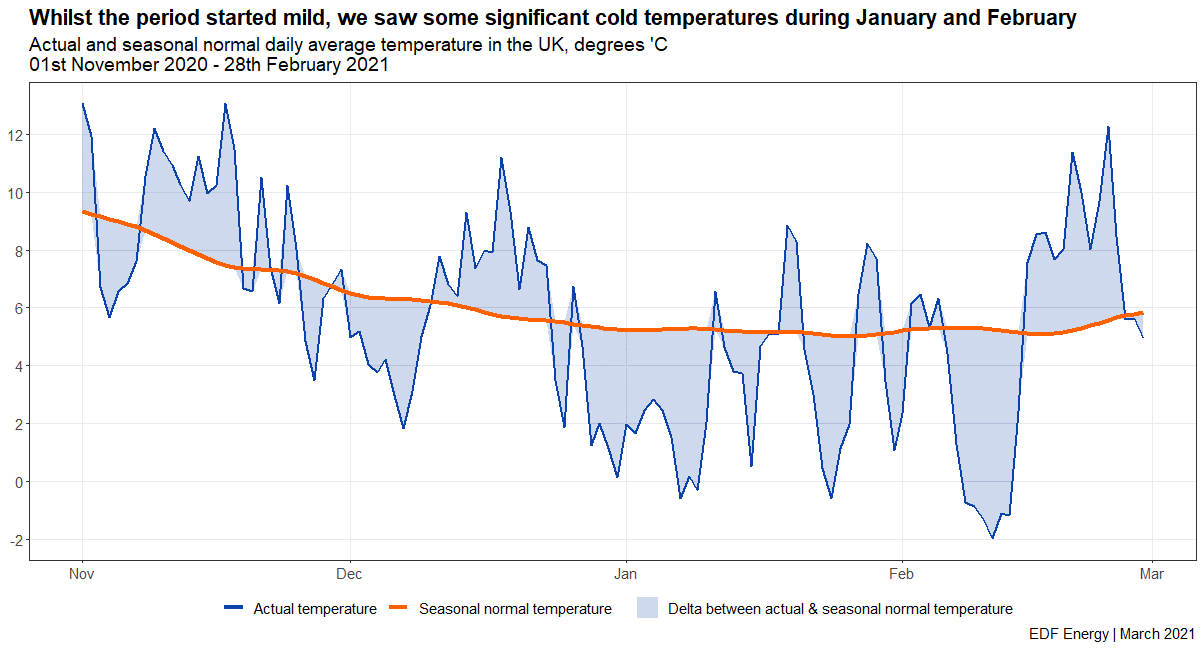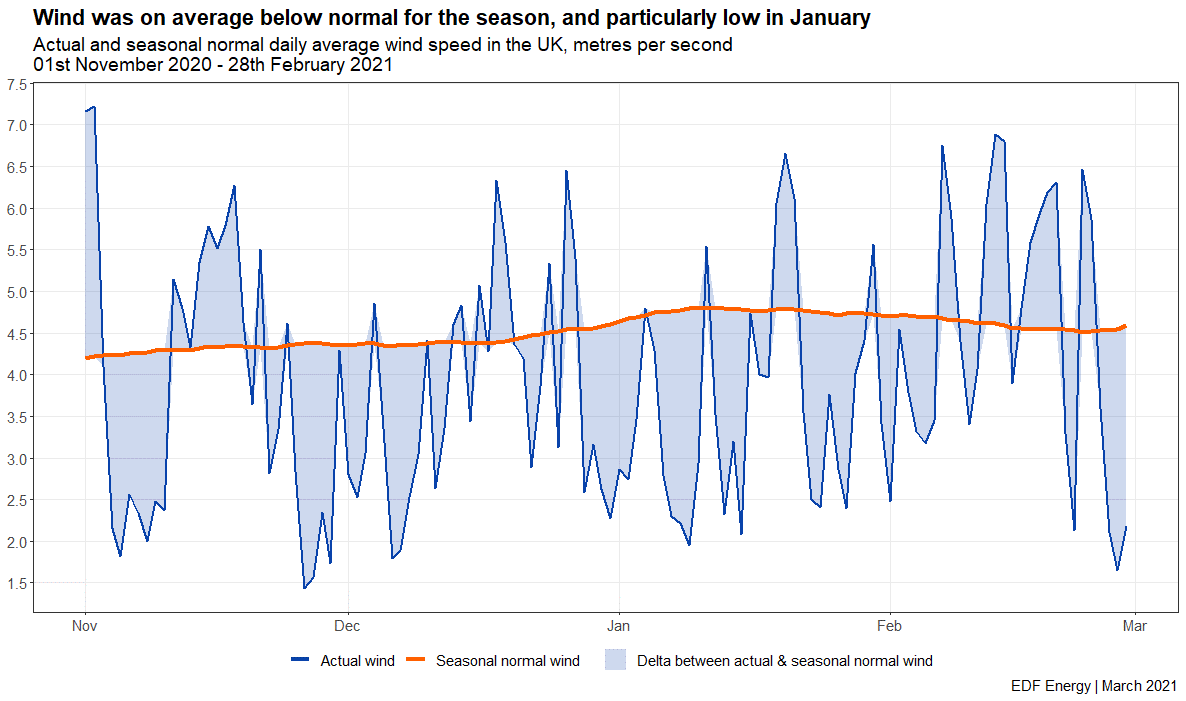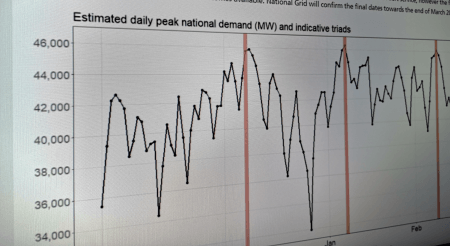
Triads 2020/21: this year’s announcement and what it means for your organisation
National Grid Electricity System Operator has confirmed the winter period Triad peaks for 2020/21.
Read on for more info on how this affects your organisation and what action you need to take.
What are Triads?
Triads are the top three half-hourly peaks of national energy demand across the grid, separated by ten clear calendar days, over the most energy intensive period of the year: November to February. National Grid confirms these peaks after the season, at the end of March.
Typically, triads occur when high business demand meets the domestic mid/late afternoon tea-time period, causing an overall spike in energy use.
How Triads impact your energy bill
To manage the huge demand on the network during the triad periods, the National Grid imposes a Transmissions Network Use of System (TNUoS) charge. This is used to finance the maintenance of the UK’s electricity grid to ensure future supply. Impacting customers with half-hourly meters, the charge is proportional to a business’ energy use over the triad periods (the three half hours of highest demand) and is linked to their location. If a business doesn’t consume electricity in the three Triad periods, they don’t pay HH (half-hourly) TNUoS charges for the entire financial year.
As standard, we include a charge for 85% of your maximum demand figure for TNUoS on our customer bills. After the final triads are announced, we issue the March invoices to show the triad periods and make any reconciliations.
The Triad challenge
To mitigate against Triad costs, companies and suppliers work hard to predict when they’ll be so they can turn down or off their energy usage during those periods. Due to the increasing use of Triad avoidance schemes as well as flexibility solutions, such as Demand Side Response and the growing use of renewables, they are getting harder to predict.
The Grid confirmed the three peaks at:
- Monday 07-Dec-20 from 17:00-17:30 with peak demand at 44.449GW
- Thursday 7-Jan-21 from 17:30-18:00 with peak demand at 45.450GW
- Wednesday 10-Feb-21 from 18:00-18:30 with peak demand at 44.997GW
Our Triad results
To support our customers, we have a team of energy experts with complex modelling and forecasting tools designed to determine when triads will likely be.
EDF predicted and issued alerts for all 3 triads successfully. Any customers on our Triad Alert Guarantee (TAG) service or those who receive Triad alerts via Market Insight will have benefitted from our forecast.
By forecasting and reacting to expected Triads, you avoid costly peak charges. You also help the Grid during periods of high demand.
Here are some of the factors our team takes into consideration:
Temperature overview
Temperature is one of the most important factors that influence electricity consumption during winter.
The season began with a mild start in November, on average 1C above normal. By December, the weather pattern had shifted to more high latitude blocking (high pressure) around Greenland and the Arctic which resulted in a supressed jet stream and colder temperatures through much of December, January and early Feb. This was supported by a Sudden Stratospheric Warming event in early January which kept this high latitude blocking (and negative Arctic Oscillation) in place into early February. January saw some record cold temperatures and was one of the coldest Januarys the UK has seen in some time. By late February, we saw temperatures become milder as the influence of low pressure from the Atlantic returned.

Wind speed overview
Wind can have a significant impact on the UK transmission demand and therefore timing of triads.
Wind was on average low throughout the winter, in line with the colder weather patterns we saw. The high latitude blocking through December, January and early February supressed any influence of low pressure from the Atlantic and therefore supressed wind over the UK. This resulted in some very high demand days in January where wind was low and temperatures very cold. By late February, as this high latitude blocking reduced, we saw wind speeds pick up again.

For further detail you can login or register to our Market Insight page.
Sign up for updates
Get regular updates on our webinars, blogs and events, giving you insight into current issues, developments and trends from our leading energy experts.
Check out our latest webinars
What's more, you can watch them all again whenever you need on our webinars page.
Related articles
